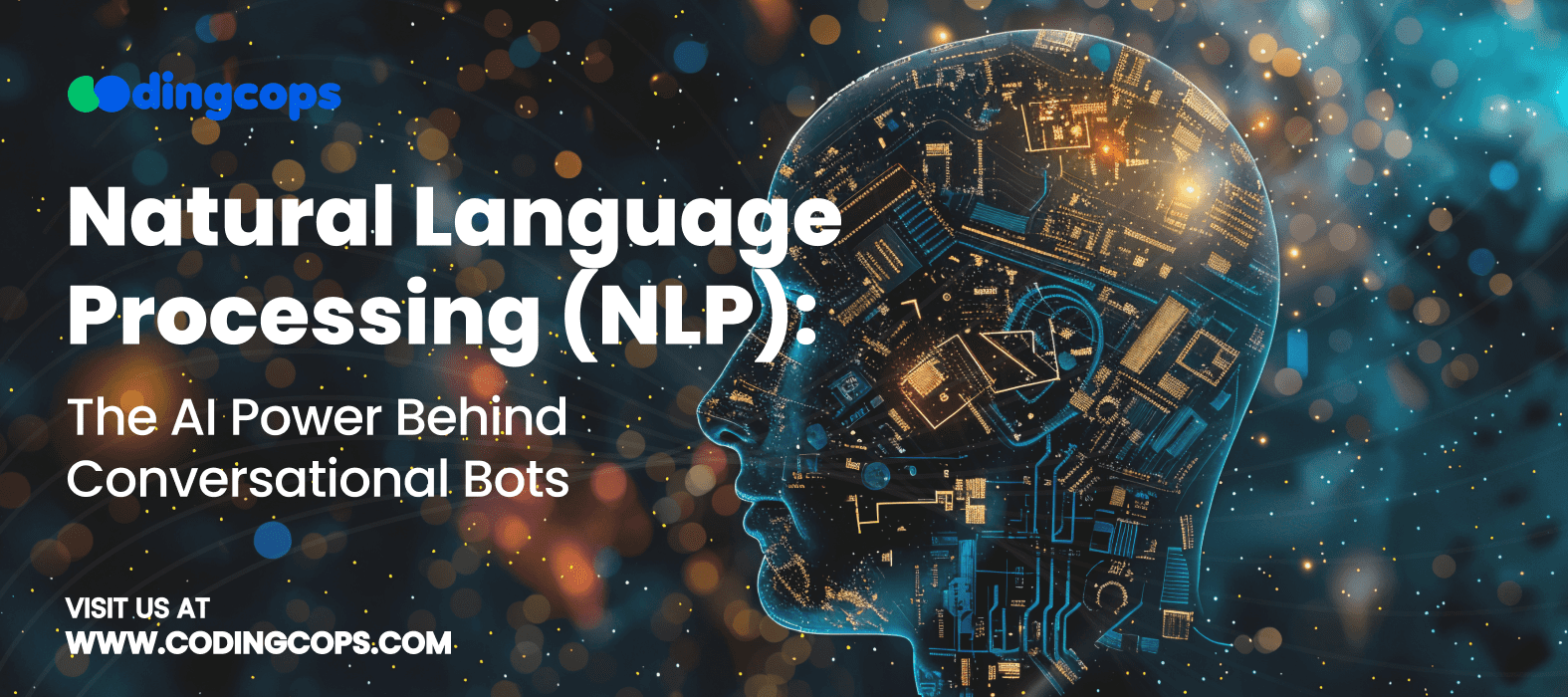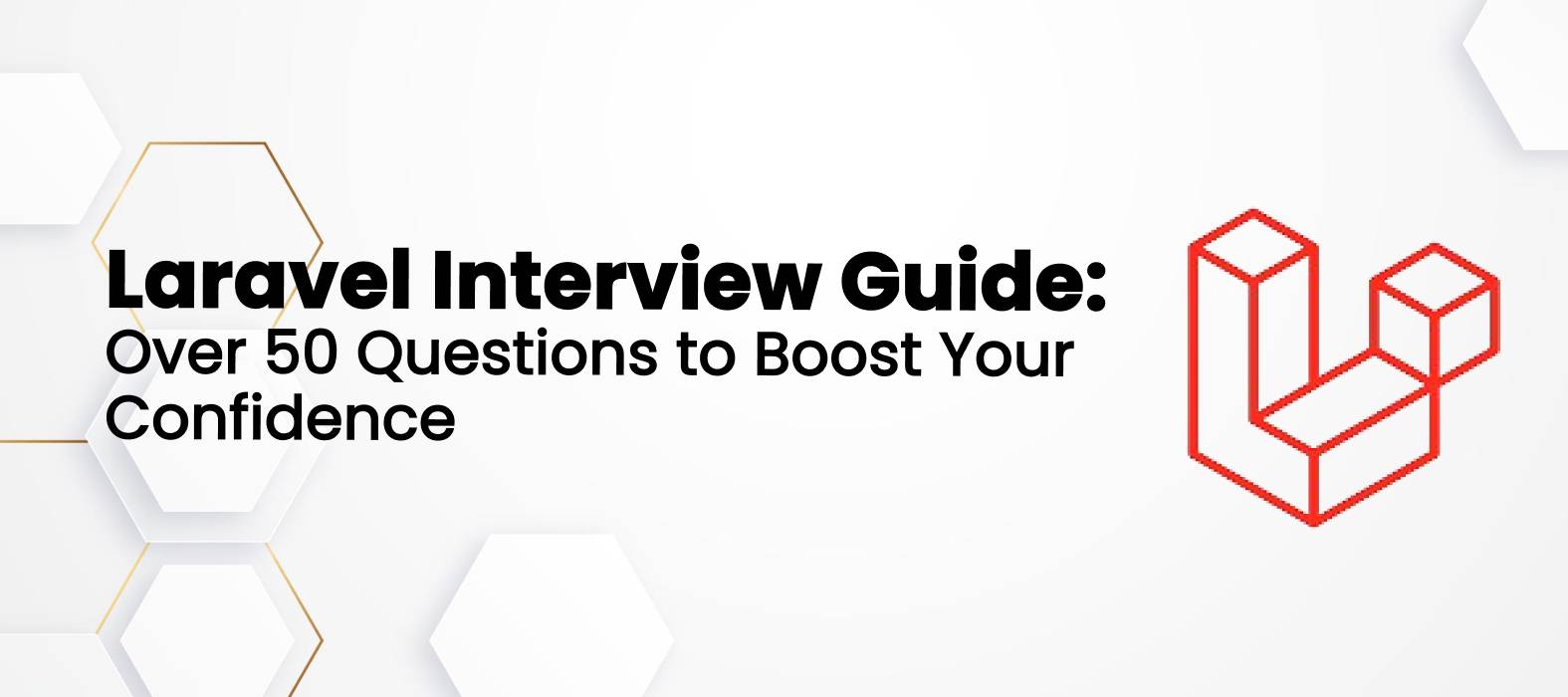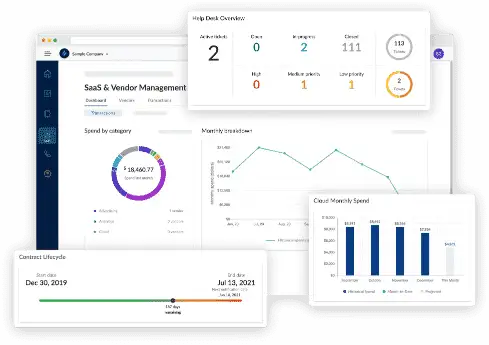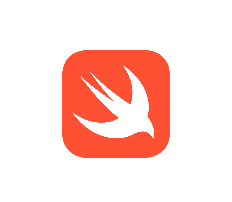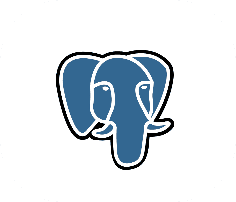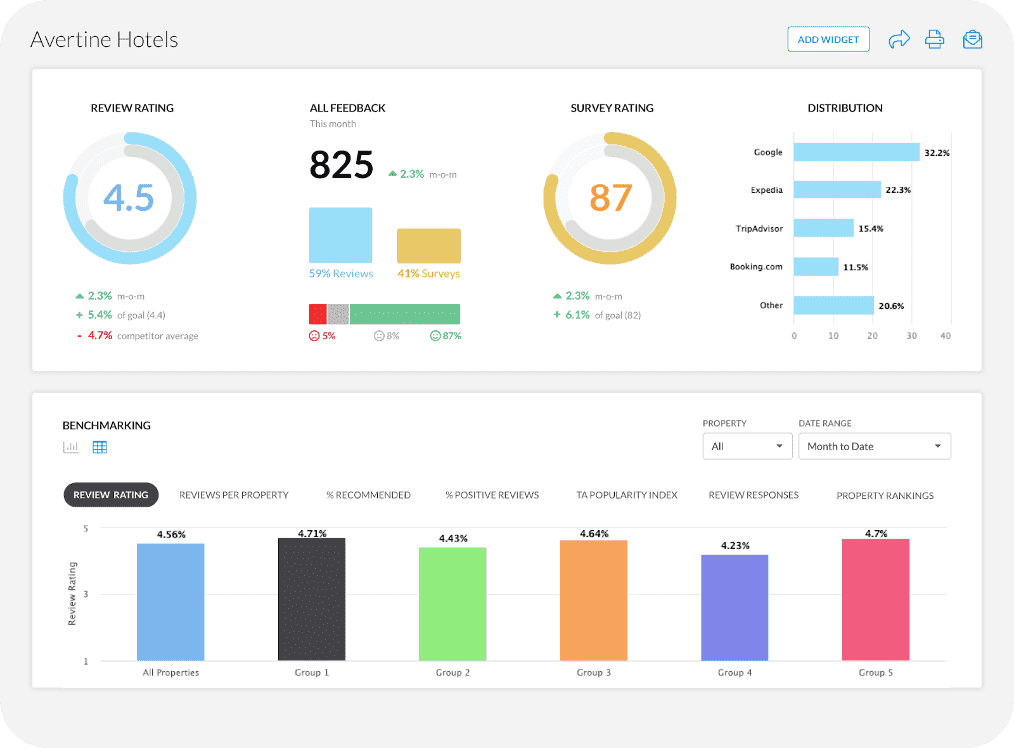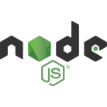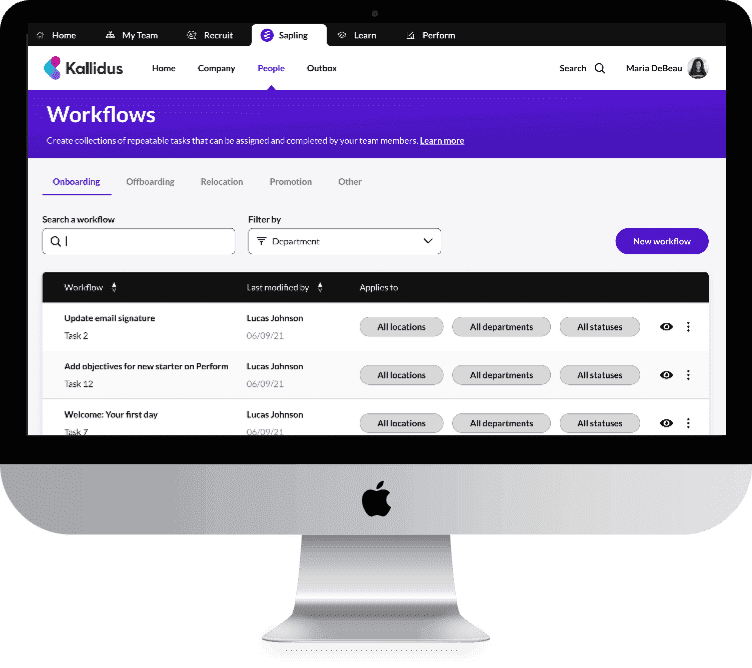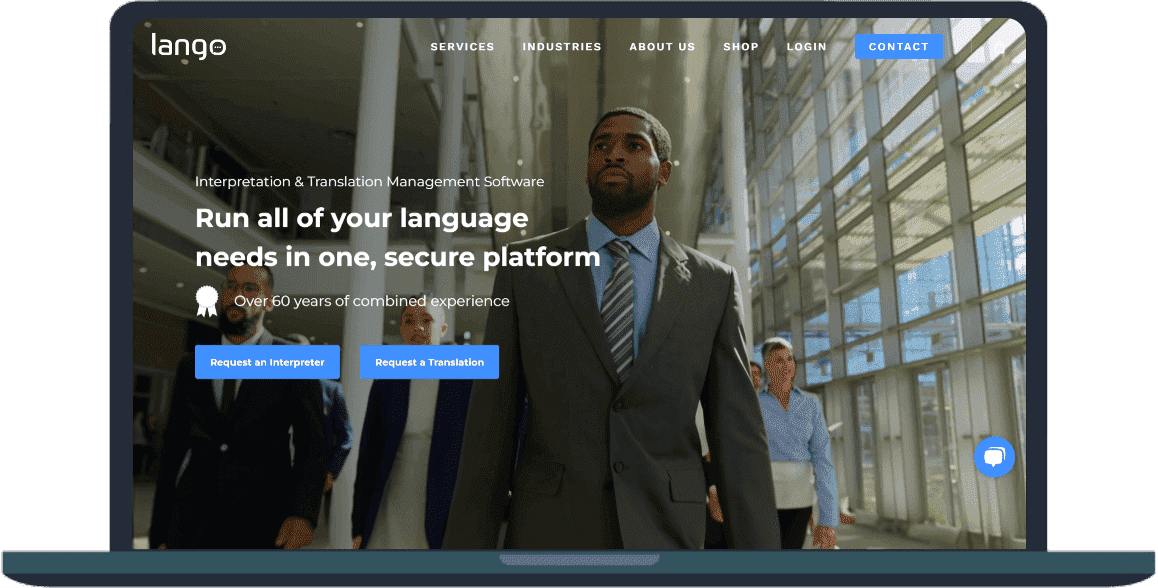We are witnessing the change Artificial Intelligence is bringing in the lives of the common man. Before these changes reached to the common man, AI changed the dynamics of all industries, especially Information Technology.
Nowadays, chatbots and voice assistants have gained huge popularity among businesses. These AI-powered chatbots and voice assistants handle customer queries, and issues promptly and give them fine solutions.
But what is the base of these systems? There is a healthy chance that you must have heard about NLP (Natural Language Processing), a child of AI that equips machines to understand, interpret, and generate human-like responses.
So, today we will understand the workings of chatbots, and their benefits, and see some real-world examples of NLP-powered chatbots.
So, let’s begin with our today’s discussion!
Natural Language Processing (NLP) – An Overview
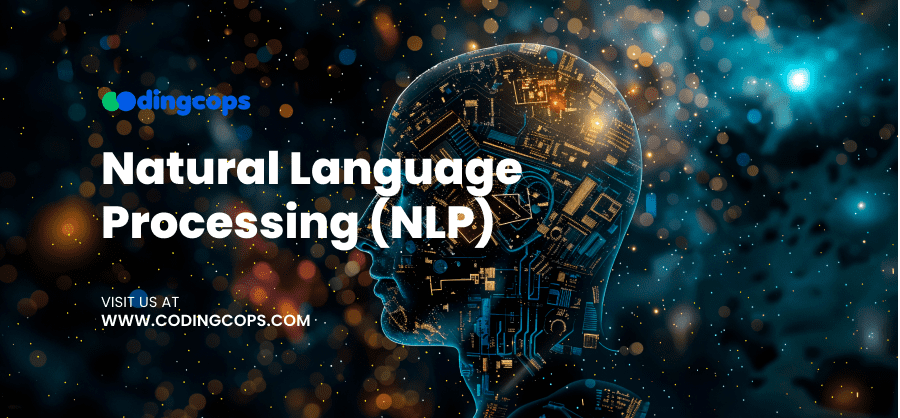
The area of knowledge of Artificial Intelligence that works like a bridge, building interaction or communication between computers/machines and human language is known to be Natural Language Processing (NLP). The combination of machine learning, deep learning, and computational linguistics enables computers or machines to read, understand, and fetch the right information and meaning from human input. In this way, machines make the information useful and actionable.
The underlying things come under the umbrella of NLP:
- Text Classification
- Sentiment Analysis
- Machine Translation
- Named Entity Recognition (NER)
- Speech Recognition
What is an NLP ChatBot?
Chatbots are programs that simulate human conversation via text or voice and respond promptly. While the programs built using Natural Language Processing that understand the commands, queries, and responses to human speech are NLP-powered chatbots.
These chatbots allow human beings to communicate with the machine and the machine responds to their queries in a human-like manner. In other words, the machine mimics human language and manners.
Types of NLP Chatbots
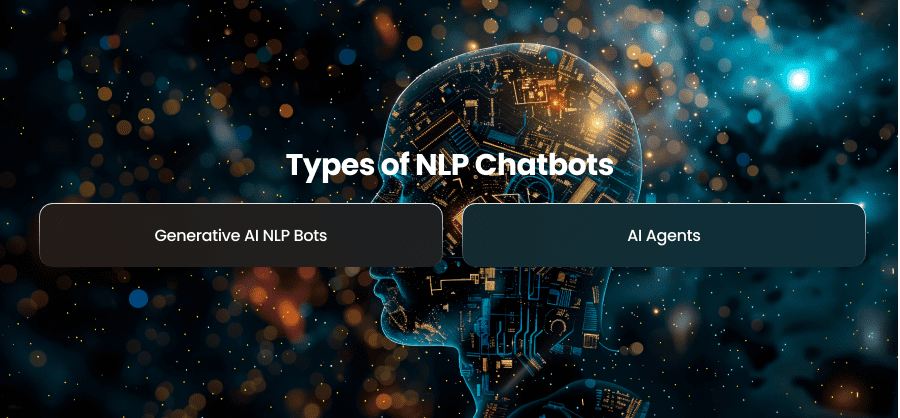
You may come into interaction with many types of NLP bots that understand and respond to human queries. Below we try to explain the difference between NLP AI agents and standard NLP bots.
1. Generative AI NLP Bots
The generative AI NLP bots utilize ML models like neural networks to produce responses based on the conversation. Instead of depending on the predefined scripts, these bots learn from a large number of datasets allowing them to create dynamic, human-like interactions.
These types of bots are best suited for virtual assistants or customer service bots.
2. AI Agents
AI agents are more equipped than generative AI NLP bots. These are designed to autonomously handle complex interactions with humans while furnishing personalized services.
These AI agents are trained on the best and leading AI models and with billions of instances of customer interactions. They are trained enough to handle tasks like booking appointments, managing workflows, and processing transactions.
Moreover, they help in decision-making and understand the user commands effectively.
How NLP Chatbot Works?
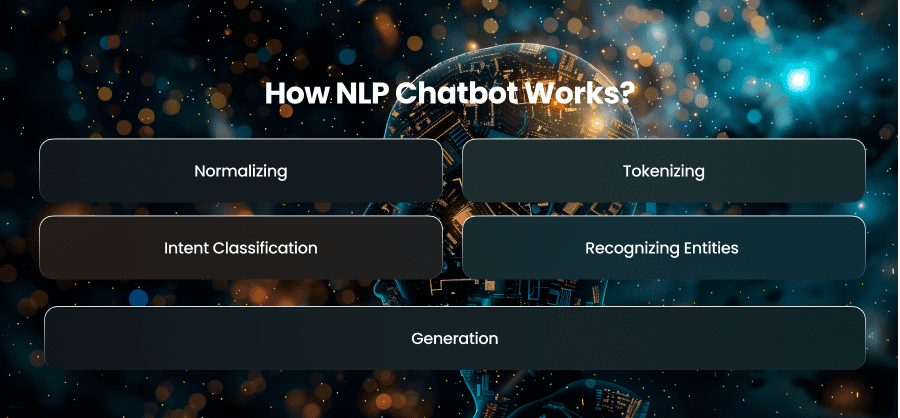
The chatbot works by learning from large datasets to understand, analyze, and respond to human language. As far as how the NLP chatbot works remains a mystery for our readers. So, to solve this mystery, CodingCops is going to describe briefly the workings of the NLP chatbot.
Let’s have a closer look at the working of the NLP chatbot:
Normalizing
In normalizing, the text is converted to a consistent format by eliminating inconsistencies like punctuation, capitalization, or unessential symbols. This promotes easier processing.
Tokenizing
Tokenization of text breaks down the text into smaller chunks, helping the system process language effectively and accurately.
Intent Classification
The third step is intent classification. Intent is classified by the user’s goals or intention fetched by the conversation, allowing the NLP chatbot to understand and respond appropriately.
Recognizing Entities
The bot is made to learn the extraction of specific information like names, dates, locations, etc, from the text to provide relevant responses.
Generation
In the end, the chatbot furnishes human-readable responses and completes the user command.
Benefits of NLP Chatbots
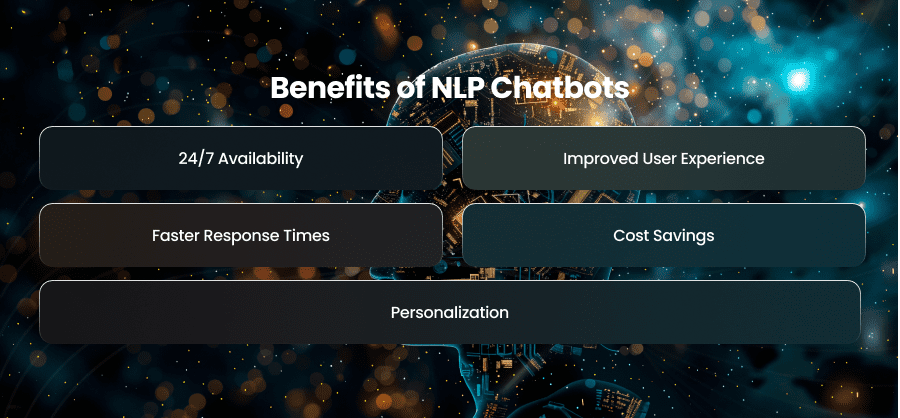
24/7 Availability
NLP-powered chatbots can assist users anytime, offering around-the-clock support.
Improved User Experience
With advanced language understanding, these bots provide human-like interactions, increasing customer satisfaction.
Faster Response Times
With NLP, chatbots are equipped to promptly respond and resolve queries, and issues, or provide the required information.
Cost Savings
The automation of customer services, order processing, booking appointments, and even processing transactions can help you save huge costs.
Personalization
NLP bots are trained to tailor responses based on the user history, interaction, preferences, and behavior.
Real-World Examples of NLP Chatbots
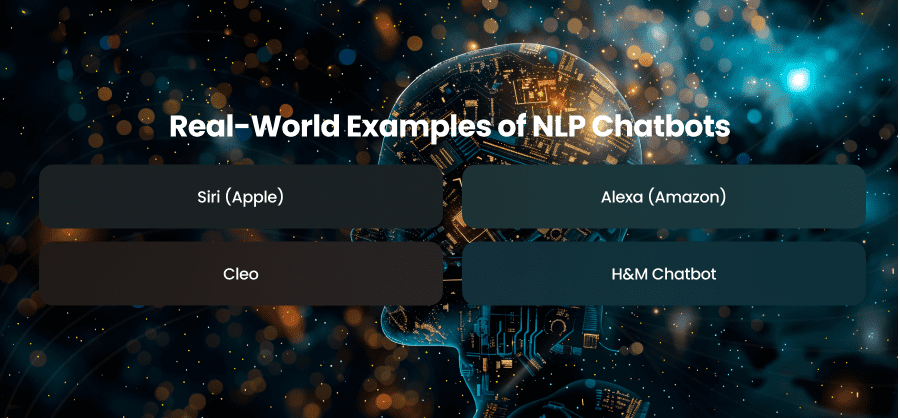
1. Siri (Apple)
Apple’s chatbot Siri uses NLP to understand the user’s voice commands to perform the given tasks like setting reminders, answering questions, or sending messages. Moreover, Siri is capable enough to learn from user interactions which enhances its efficiency and accuracy.
2. Alexa (Amazon)
Alexa is a voice assistant that interacts with users to provide information, control smart home devices, and make purchases. It is based on the NLP chatbot model.
3. Cleo
A financial assistant chatbot using an NLP model to enable the user to track expenditures, set saving goals, and manage their budgets.
4. H&M Chatbot
The H&M chatbot helps its users in their outfit selection, based on their previous purchases, preferences, and current fashion trends.
Wrapping Up!
From the provided information in the blog, it must be clear that the driving force behind the chatbots is the NLP. It is widely being used across various industries from customer service to personal assistance. Enabling chatbots streamline your business processes and help reduce huge costs.

